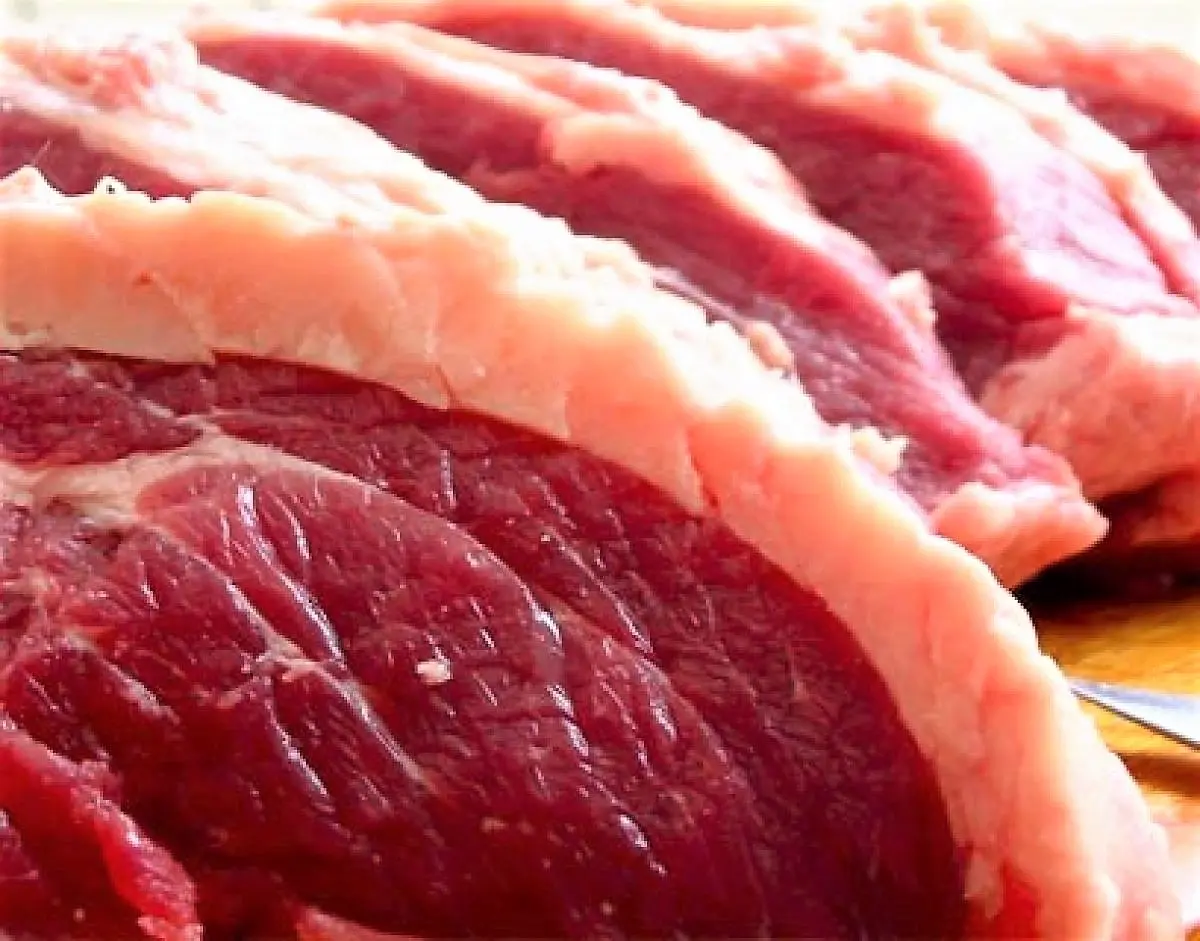
Do you want to access to this and other private contents?
Log in if you are a subscriber or click here to request service
Aged meat is no more risky than fresh one
This is claimed by EFSA experts in a report

The consumption of seasoned or long-aged meat is as safe as that of fresh meat. This is the conclusion reached by EFSA, the European Food Safety Authority in the report entitled "Aged meat not riskier than fresh meat". The report was published today: in it, EFSA experts confirmed that "cured meat does not present additional risks compared to fresh meat if it is cured under controlled conditions"."In...
fc - 28573
EFA News - European Food Agency
EFA News - European Food Agency